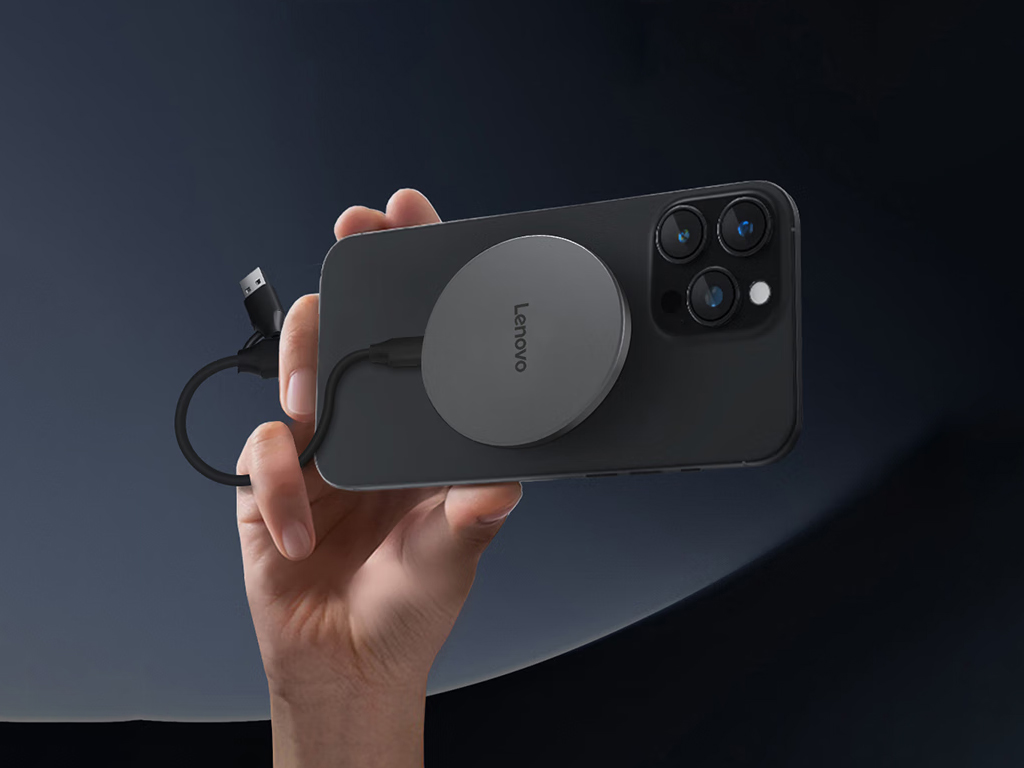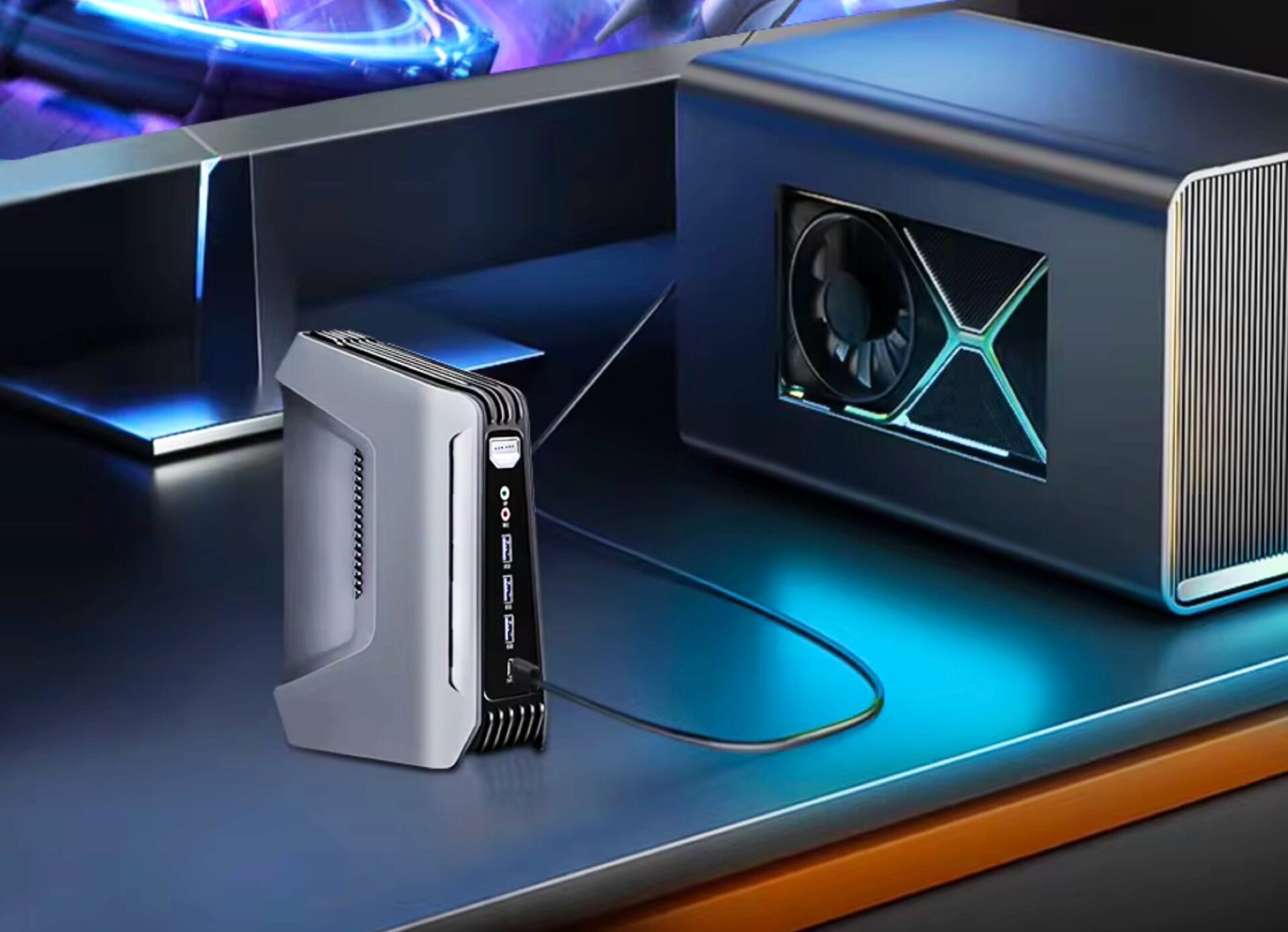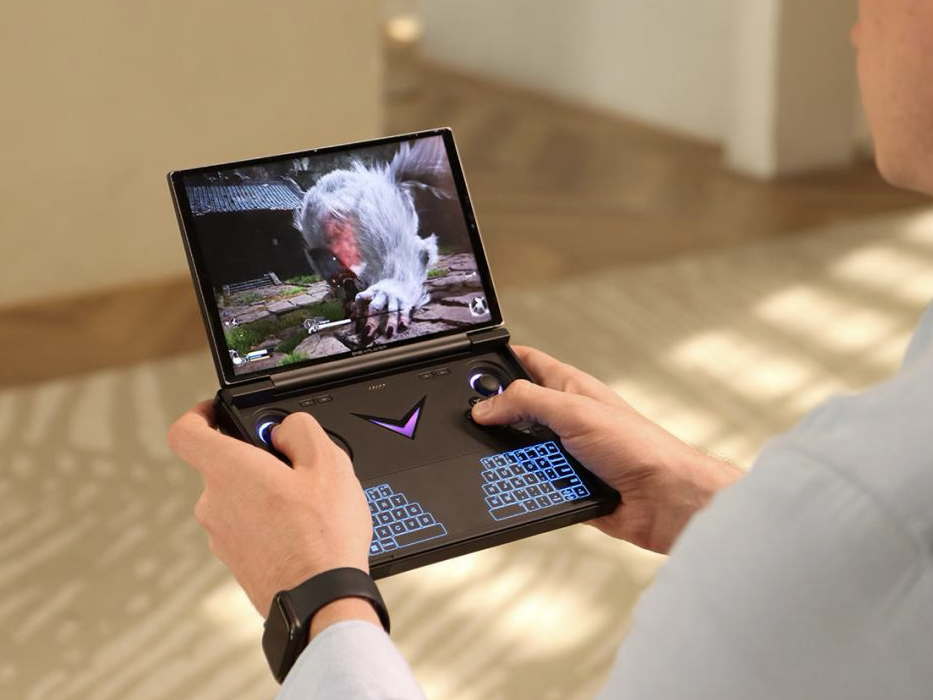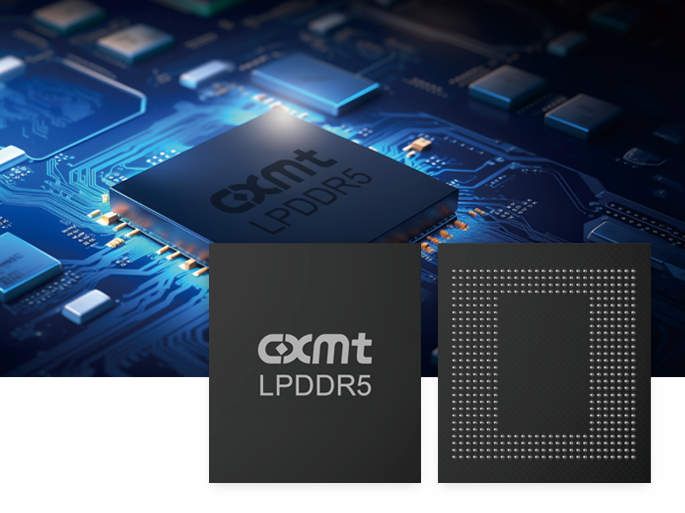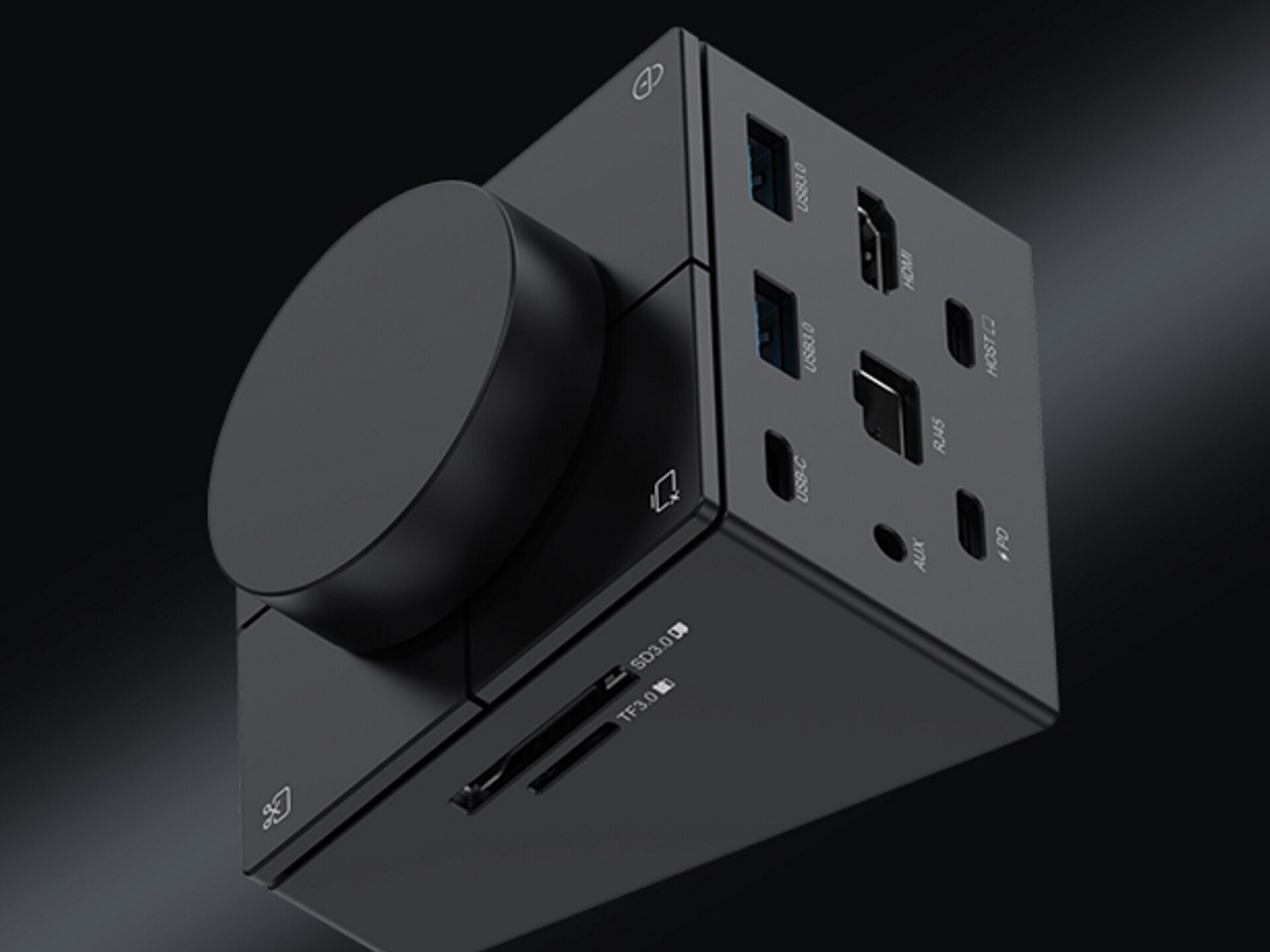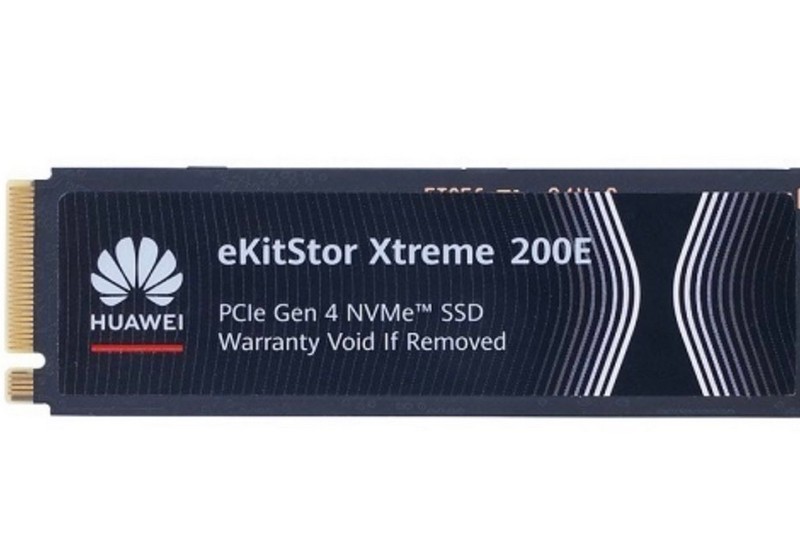Huawei has taken a significant step into the consumer storage realm by introducing its eKitStore Xtreme 200E series SSDs. These drives are now up for grabs in South Korea, with a price that’s catching everyone’s attention. The 1 TB version is priced at around $32, which is a price that’s much lower than what current competitors are offering in the high-performance storage market.
A New Direction for Huawei
Launched in June 2024, the eKitStore Xtreme 200E series marks Huawei’s shift from server-focused storage to consumer-oriented products. These SSDs come with notable specifications, featuring read speeds of up to 7,400 MB/s and write speeds that hit 6,700 MB/s using the PCIe 4.0 interface. While these numbers don’t match the latest PCIe 5.0 drives that can reach about 14,000 MB/s, they still hold their ground against other PCIe 4.0 options.
What’s Inside the Drive?
The details about the internal parts of the eKitStore Xtreme 200E are not fully disclosed, but it is known to utilize QLC NAND and operates without DRAM. The names of the companies behind the controller and NAND remain a mystery. Due to U.S. sanctions on Huawei, it’s likely that the components are sourced from local suppliers, potentially including companies like YMTC for NAND and MaxioTech for controllers. There’s also a chance that Huawei is using its skills in server SSDs to create its own controller.
The 1 TB model’s price is set at 47,500 South Korean won (around $32), making it a strong contender in terms of price-to-performance ratio. However, there are lingering doubts about how long this pricing strategy can last and whether it will reach markets outside of South Korea.
Analysts Weigh In
Experts in the industry point out that keeping such a low price while still making a profit could be difficult, even with all components sourced from within the country. The current pricing might be a temporary or promotional tactic aimed at helping Huawei gain traction in the consumer storage sector.
This launch represents Huawei‘s ongoing strategy to broaden its consumer products lineup while dealing with international trade hurdles. This could potentially mark a new phase in the competitive arena of the global SSD market.
Source: Link






